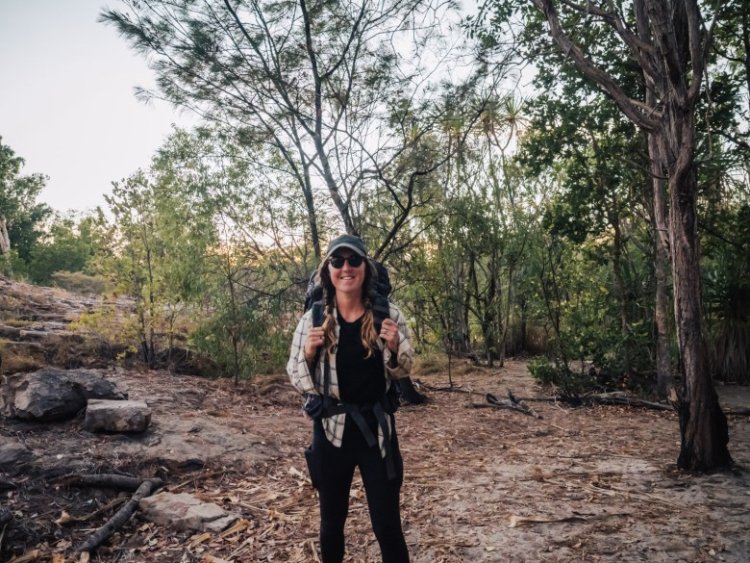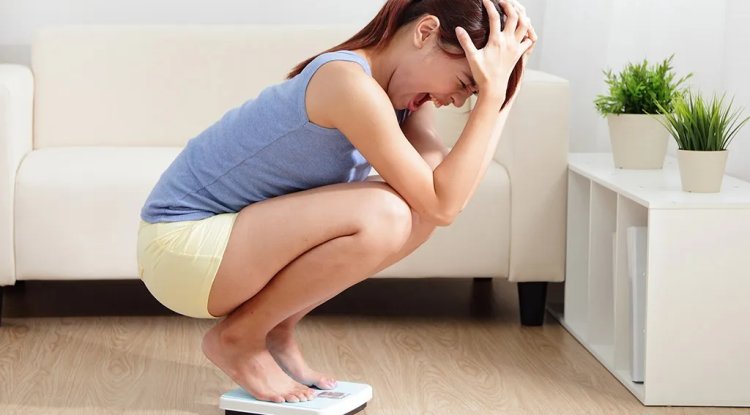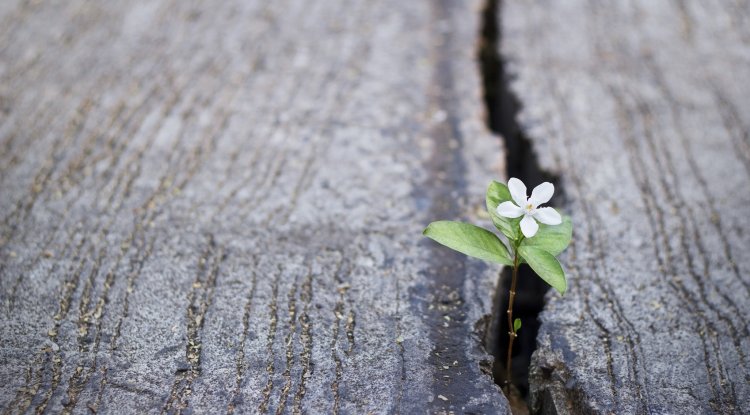Hot Weather Hikes: Staying Safe When Temperatures Spike
Halfway up the trail, with the sun shining overhead, you have already used up half of your water. Does that sound familiar?

It can be thrilling to hike in hot weather, but if you are not prepared, there are serious risks involved. Summer walks require more preparation, more water, and a lot more common sense because of the risks of heatstroke, dehydration, and unexpected sunburns.
Here are some tips for being smart, strong, and safe when hiking in a blazing sun.
First, be aware of the risks.
It is no joke to hike in intense heat. The speed at which conditions change and the physical strain on your body can be underestimated even by seasoned hikers.
What you face is as follows:
Dehydration: Sweating causes your body to quickly lose water. Your energy levels drop, your brain becomes foggy, and your muscles cramp if you do not drink enough.
Headache, tiredness, nausea, and dizziness are early indicators of heat exhaustion.
Heatstroke: When your body quits cooling itself, it can become deadly. A medical emergency has occurred.
Avoiding these dangers begins even before you set foot on the trail.
Hydration Is More Than Just Advice
As a general rule, when trekking in hot weather, carry at least one liter of water every hour.
Drink regularly instead than just when you are thirsty.
Your body maintains equilibrium when you take tiny sips every 15 to 20 minutes.
Bonus tip: To replace lost potassium and salt, especially on longer or uphill climbs, add electrolytes (via tablets, powders, or sports drinks).
Dress Well, Not Just Adorable Ignore trends. Your clothes are your equipment in really hot weather.
Seek out:
Light-colored textiles that wick away moisture
Clothing that fits loosely to improve airflow
Sunglasses that block UV light
If you will be in close proximity to insects or brush, wear gaiters or lightweight long sleeves.
Indeed, sunscreen cannot be negotiated. Reapply every 2 hours, more if you’re sweating buckets.
To avoid the midday meltdown, hike early or late.
The sun is at its strongest from 10 a.m. until 4 p.m. The best option for you is to:
Start early; consider trailhead arrivals at sunrise.
Or head out later—sunset hikes are cooler, calmer, and often breathtaking
Stick to shaded trails or those with water features (streams, waterfalls = bliss)
Check trail elevation, too—lower valleys trap heat, while higher elevations are typically cooler.
Listen to Your Body (No, Really)
If you feel:
Lightheaded
Nauseous
Disoriented
Despite perspiring, chilled
Stop right away. Rehydrate, take a nap in the shade, and avoid exerting yourself. Your pride is not worth a rescue helicopter.
Take early symptoms seriously because heat illnesses can worsen quickly.
Extra Advice for Summertime Hiking Safety
For longer-lasting cooling, freeze your water bottles the night before.
Tie a bandana over your neck after soaking it in cold water.
Inform someone of your route and anticipated time of return.
If at all possible, avoid hiking by yourself in intense heat.
When you are exhausted, use trekking poles to relieve strain on your legs and help you stay balanced.
Keep in mind that this is a hike, not a race.
Sometimes, the wisest choice is shortening your path or turning back early. Heat safety is a sign of savvy, not weakness.
What's Your Reaction?




















